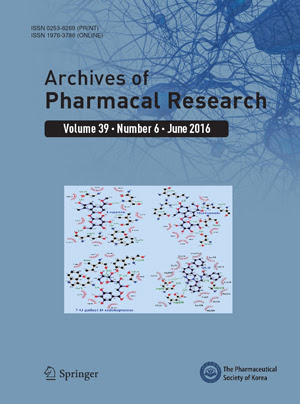Associations between the gut microbiota and the metabolism rate of tacrolimus in kidney transplant recipients during the early posttransplant period
Abstract
The use of tacrolimus (TAC), a critical immunosuppressant post transplantation, is complicated by its high pharmacokinetic variability. While the gut microbiota has gained attention as a potential contributor, few studies have assessed its role in TAC metabolism variability. This study investigated the associations between the gut microbiota and TAC metabolism rates in kidney transplant recipients during the first month post transplantation—a crucial period for adjusting TAC to achieve therapeutic levels. We recruited 20 kidney transplant recipients and profiled their gut microbiota diversity and composition from stool samples collected before transplantation and at weeks 1 and 4 post transplantation via 16S rRNA sequencing. The TAC pharmacokinetic parameters were also collected. Associations between TAC metabolism status or pharmacokinetic parameters and gut microbiota diversity and composition were evaluated. Recipients with a fast TAC metabolism rate (C0/D ratio < 1.05 ng/mL × 1/mg) presented significantly greater changes in both bacterial alpha and beta diversity metrics at 1 week post transplantation than did those with a slow metabolism rate (C0/D ratio ≥ 1.05 ng/mL × 1/mg). Compared with slow metabolizers, fast metabolizers were associated with a significant increase in the abundance of three bacterial genera (Faecalibacterium, Clostridia vadinBB60, and Ruminococcus) and a significant decrease in the abundance of two bacterial species (Bacteroides plebeius and Parabacteroides goldsteinii). This study revealed links between gut microbiota diversity and composition and TAC metabolism rates in kidney transplant recipients during the early posttransplant period, underscoring the importance of investigating the gut microbiota as a contributor to TAC pharmacokinetic variability. Clarifying this causal relationship could better predict inter- and intraindividual TAC pharmacokinetic variability.

 求助内容:
求助内容: 应助结果提醒方式:
应助结果提醒方式:


